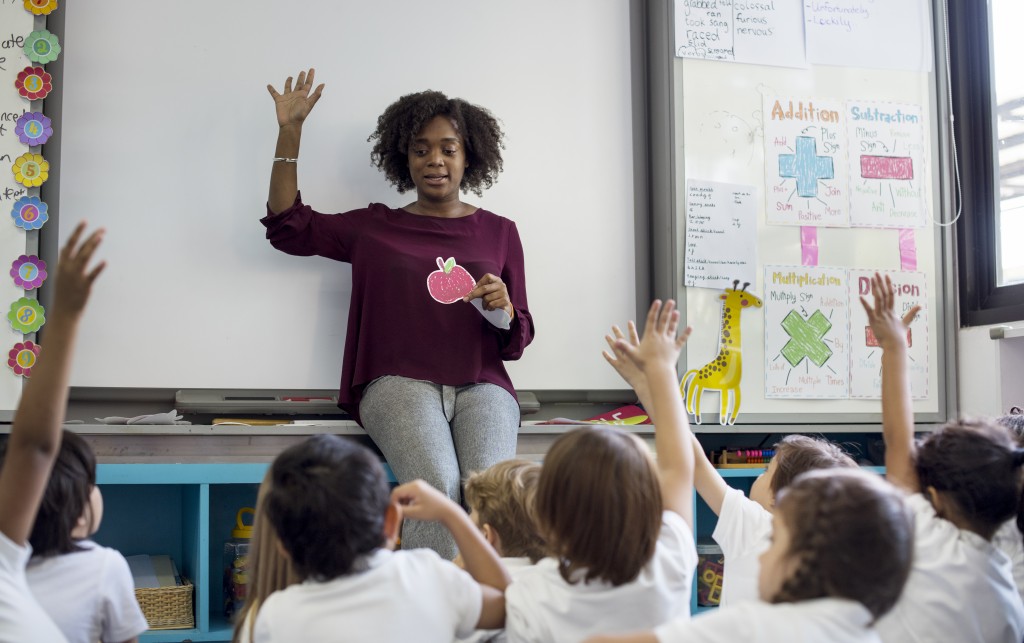Teachers will never run out of effective strategies to make lessons stick. Attend a conference here, search a Youtube video there, and you’ll get so many methods to improve teaching. It’s not the “oversupply” that becomes the issue but the underuse of such strategies. Here are some techniques that have faded into obscurity because they haven’t been maximized in classes:
Wait Time
Perhaps it’s the instant culture of the tech era or just the uneasiness of dead air, but teachers today seem to be in a hurry to have an answer right away whenever they ask a question in class. As a result, they call on the first student who’s quick to raise their hand. What’s the problem with this? Well, you’re not giving your pupils ample time to process the question and backtrack a bit on the discussion you’ve had so far. Also, there’s a chance that only one kid is quick to answer your questions. This trains the rest of the class to wait and rely on that kid to recite. The worst case scenario is that you end up answering your question. In other words, you’re compromising the quality of participation in your class. This is what the wait time strategy prevents. Instead of rushing to answers after asking a question, wait for at least five or seven seconds before accepting an answer. Over time, it will encourage thoughtful insights and maximum participation in class.
Visualization

Some of the lessons that you teach are concepts and texts, which aren’t tangible. Take, for example, photosynthesis in science or the flow of a plot in literature or writing. Kids have a hard time understanding this because they’re abstractions. Unfortunately, most educators settle with just teaching the jargons, rarely connecting it with the level of understanding of the class. If you want to make your lessons stick to your students, promote visualization. When you discuss fractions and decimal systems, slice up pies or use charts. When talking about photosynthesis, use shapes and arrows to indicate the flow of food production. When teaching conflicts in narratives, distribute 1st-grade writing worksheets and encourage them to create plot diagrams. The bottom line is to make every effort to help children visualize your lessons.
Door Greetings
Teachers are preoccupied with so many things as students start trickling in for class. Some put up posters on the bulletin board. Others chat with co-teachers. Still, some read their favorite romance novels. The tradition of greeting students by the door is lost, except for probably the first few days of the school year. Here’s the thing: the simple act of welcoming your pupils makes a difference in their learning. How? You’re making them feel valued, letting them know that you know them, that they’re not just some random kid you’d easily forget in class. This boosts their confidence and uplifts their morale. It makes them more engaged in discussions. So don’t miss the opportunity to build rapport and communicate with your students that you believe in them. Stand by the door as they come in and throw a joke or two.
Do you want to improve the way you teach? Perhaps the problem is not the lack of tactics but the fact that you’re overlooking some practical strategies.




